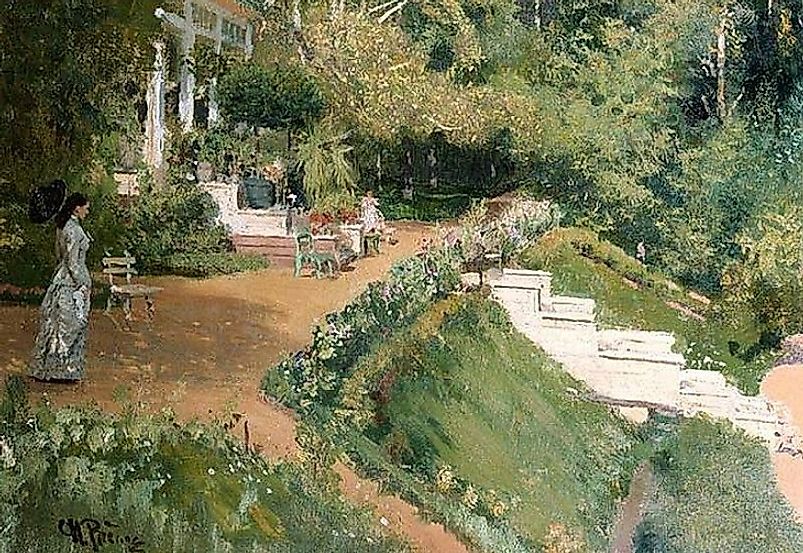Abramtsevo Art Movement Of Russia

5. Overview of the Style -
The Abramtsevo art movement was a Slavophile movement, meaning that it favored native Russian and Slavic styles and themes over Western European ones. This artistic activity that thrived in Russia in the late 19th Century was centered at the Abramtsevo Colony 30 miles away from Moscow. It is the main center for the revival of the Russian folk art and traditional crafts. Aksakov, the then director of the Institute of Land Surveying in Moscow, bought the inhabited estate in 1843 where he could invite his friends to stay. The estate grew famous and became their favorite retreat from the rush of the urban city, Moscow. All the writers, actors, and artists who visited the estate embraced the Russian culture this led to the rejection of the European artistic influences.
4. History and Development -
The movement began in 1830, as the works of various Russian artists, poets, church fathers, and conservative colleagues gave a clear preference for the country's traditional, native artistic doctrines. This gave emphasis on the uniqueness of Russian art and encouraged the avoidance of European and western influences. The movement was determined to protect the unique traditions and culture exhibited in their art. After the death of Aksakov in 1859, his sons who were also artists took control over the estate and worked to enhance the Russian nationalism established by their father. In 1870, Mamontov bought the property from Askakov’s daughter and immediately began its renovation to uphold his predecessor Askakov. Mamontov led the development of Russians art, and between the 1870s and the 1880s, the estate became a colony which grew famous as a center for development of creativity and the revival of Russian traditional arts and crafts. The revival of arts and crafts initiated by Askakov at the estate was an important contribution to Russian cultural history as it led to mobilization done by Mamontovs’s wife to collect traditional Russian folk art in 1881. In the subsequent years, ceramic, carvings, and pottery workshops were established to create links among the population. The estate has grown popular, and a fair number of artists, poets, singers, and historians among others continually visit the site for observations and seminars.
3. Notable Artists and their Works -
Several artists worked hard to ensure that there was a significant impact on the day to day lives of the Russian people by their works. Several Russian composers, poets like Fyodor Tyutchev, and novelists like Nikolai Gogol were among those in the fight to keep the Russian language pure which worked towards nationalism and integration among all Russians.
2. Decline and Successive Movements -
At the end of Russia’s uprising against Poland, the Abramtsevo art movement and the accompanying Slavophilism took a descending slope and the country turned towards an increasingly narrow-minded brand of nationalism. Several other movements like the Peredvizhniki school of art which protested against academic restrictions came into existence after the decline of the Abramtsevo art movement.
1. Cultural and Artistic Legacy -
The Abramtsevo art movement was of a significant cultural significance in the country as it helped keep and maintain the Russians’ traditional practices and beliefs in the visual arts. Efforts to prevent these traditions from being influenced by European and western in art, this enabled an integration among all communities and citizens of the country







